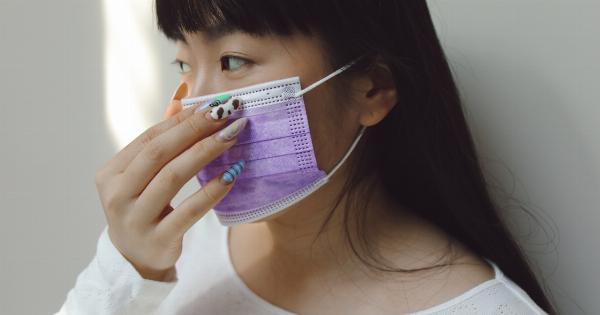Nearsightedness, also known as myopia, is a common vision problem characterized by difficulty in seeing distant objects clearly.
It occurs when the eyeball is longer than normal or when the cornea (the clear front cover of the eye) is curved too steeply. As a result, light entering the eye does not focus correctly on the retina, leading to blurry distant vision but relatively clear close vision.
Causes of Nearsightedness
Nearsightedness can be caused by a combination of genetic and environmental factors. Research suggests that if one or both parents are nearsighted, there is a higher chance of developing myopia.
Spending excessive time performing near-focused activities, such as reading or using electronic devices, may also contribute to the development of nearsightedness.
Symptoms of Nearsightedness
People with nearsightedness typically experience the following symptoms:.
- Blurry vision when looking at distant objects
- Squinting to see more clearly
- Headaches or eye strain, especially after focusing on distant objects for extended periods
- Difficulty seeing while driving, particularly at night
Diagnosing Nearsightedness
A comprehensive eye examination conducted by an optometrist or ophthalmologist is necessary to diagnose nearsightedness. The examination may include:.
- Visual acuity test: measuring the sharpness and clarity of vision at various distances using an eye chart
- Refraction test: determining the exact prescription needed for glasses or contact lenses
- Retinal examination: inspecting the back of the eye to rule out other potential problems
Treatment Options for Nearsightedness
Nearsightedness can be corrected using various methods:.
- Prescription glasses: concave lenses that help focus light properly onto the retina
- Contact lenses: similar to glasses but placed directly on the eye
- Refractive surgery: procedures like LASIK or PRK that reshape the cornea to improve vision
Effects of Nearsightedness on Daily Life
Individuals with nearsightedness may face challenges in different aspects of their daily life, including:.
- Academic performance: difficulty seeing the board or projector in classrooms
- Social interactions: strain to recognize people or objects from a distance
- Sports and outdoor activities: struggle to track fast-moving objects or judge distances accurately
Preventing Nearsightedness
While nearsightedness cannot always be prevented, there are measures that may help reduce the risk:.
- Take regular breaks from near-focused activities and engage in outdoor activities
- Maintain good posture and proper lighting when reading or using electronic devices
- Visit an eye care professional for routine eye examinations, especially if there is a family history of myopia
When to Seek Medical Attention
If you notice symptoms of nearsightedness or experience any changes in your vision, it is important to schedule an appointment with an eye care professional.
They can provide an accurate diagnosis and recommend the appropriate treatment options to help manage your nearsightedness and improve your visual clarity.
Conclusion
Nearsightedness is a common vision problem that affects many individuals worldwide. While it can cause difficulties in seeing distant objects clearly, there are effective means of correcting and managing this condition.
Regular eye examinations and early intervention can help individuals with nearsightedness lead a better quality of life and minimize the impact of this visual impairment.




























